The Hubble Space Telescope has captured the best pictures yet of our newest interstellar visitor. This comet from outside our
Continue reading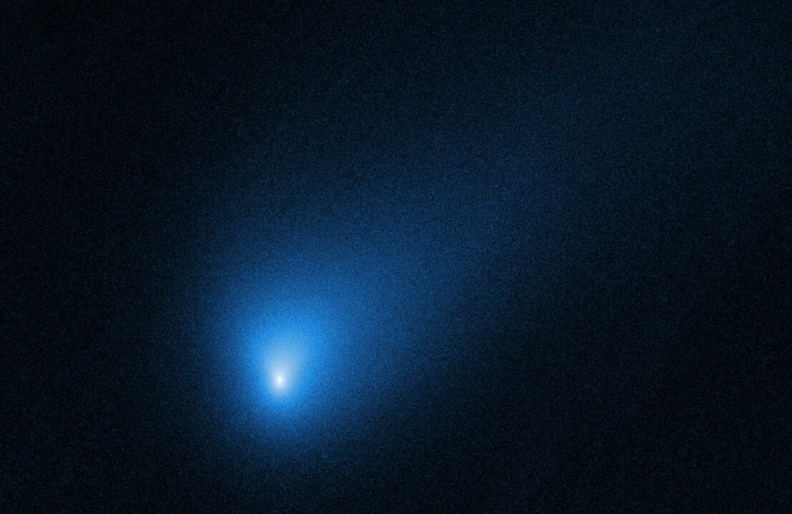

The Hubble Space Telescope has captured the best pictures yet of our newest interstellar visitor. This comet from outside our
Continue reading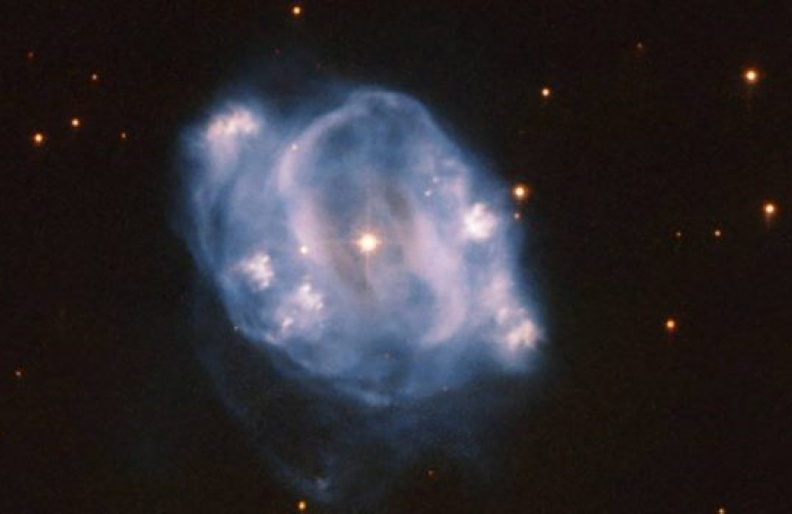
The NASA/ESA Hubble Space Telescope recently snapped a dreamy photo of NGC 5307, a dying, sun-like star that has collapsed
Continue reading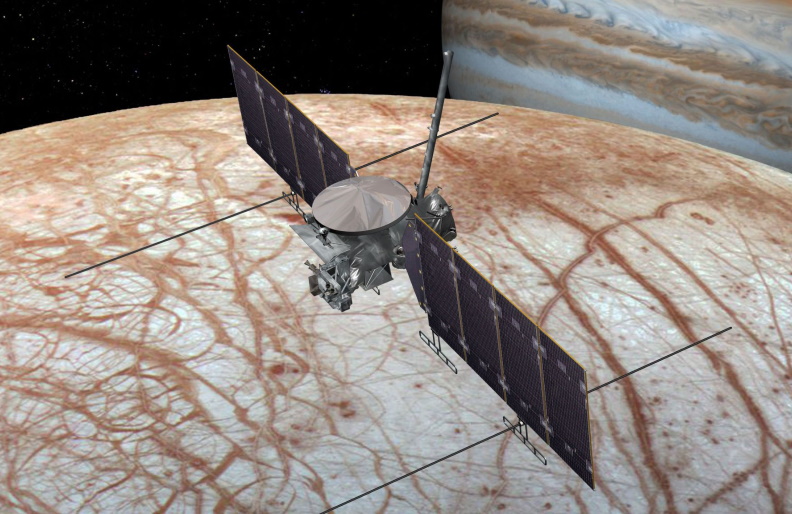
NASA is moving ahead with an ambitious mission to explore a moon of Jupiter and discover whether it could support
Continue reading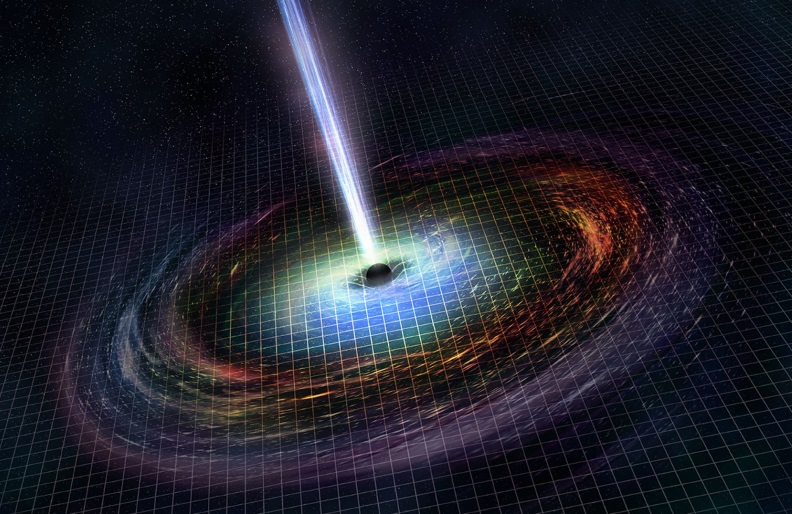
The Hubble Space Telescope is like an old dog that is constantly teaching the astronomical community new tricks. In the
Continue reading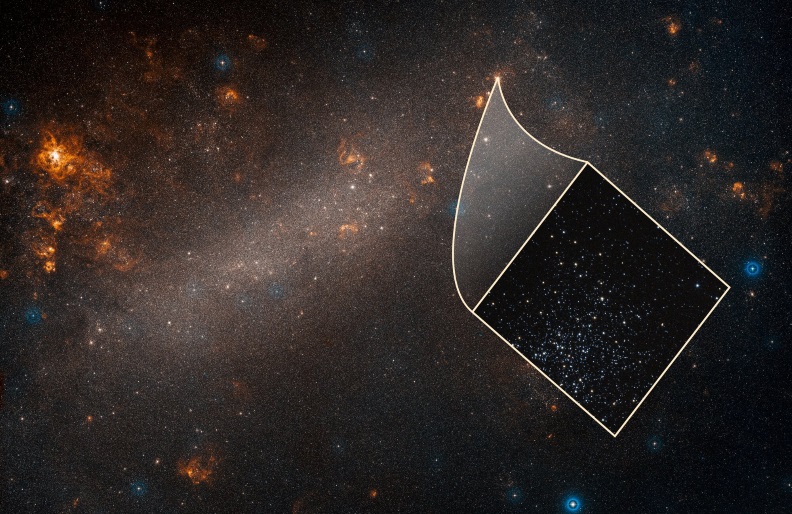
Astronomers using NASA’s Hubble Space Telescope say they have crossed an important threshold in revealing a discrepancy between the two
Continue reading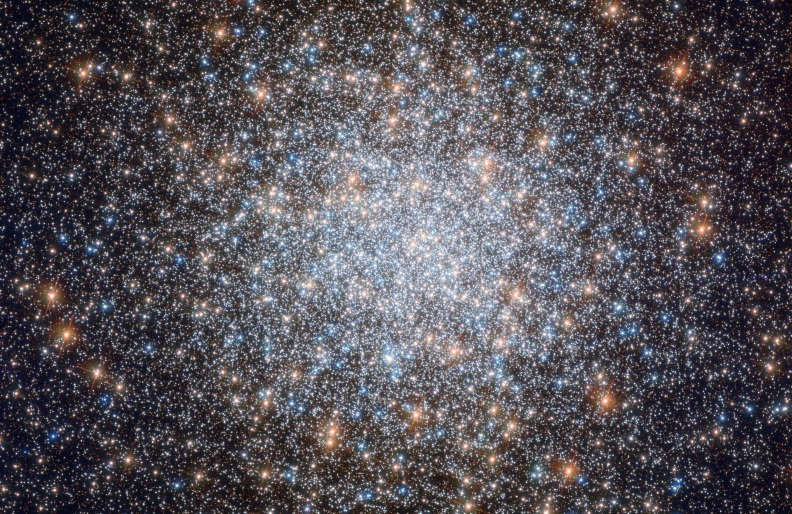
Globular clusters are inherently beautiful objects, but the subject of this NASA/ESA Hubble Space Telescope image, Messier 3, is commonly
Continue reading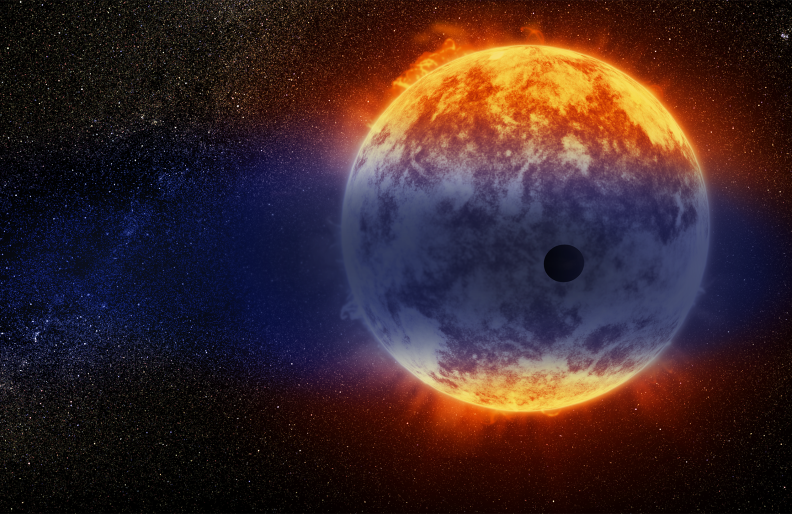
Fishermen would be puzzled if they netted only big and little fish, but few medium-sized fish. Astronomers likewise have been
Continue reading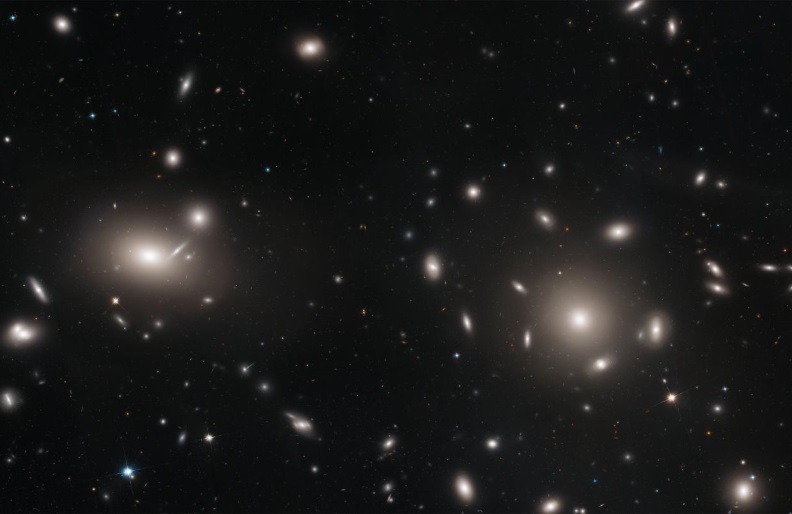
Gazing across 300 million light-years into a monstrous city of galaxies, astronomers have used NASA’s Hubble Space Telescope to do
Continue reading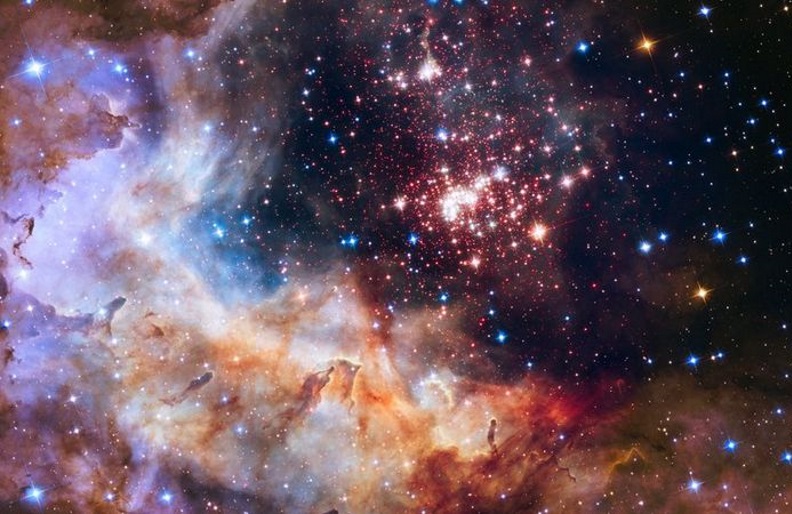
The Hubble Space Telescope has captured a spectacular image showing a vast collection of galaxies located around 4 billion light-years
Continue reading